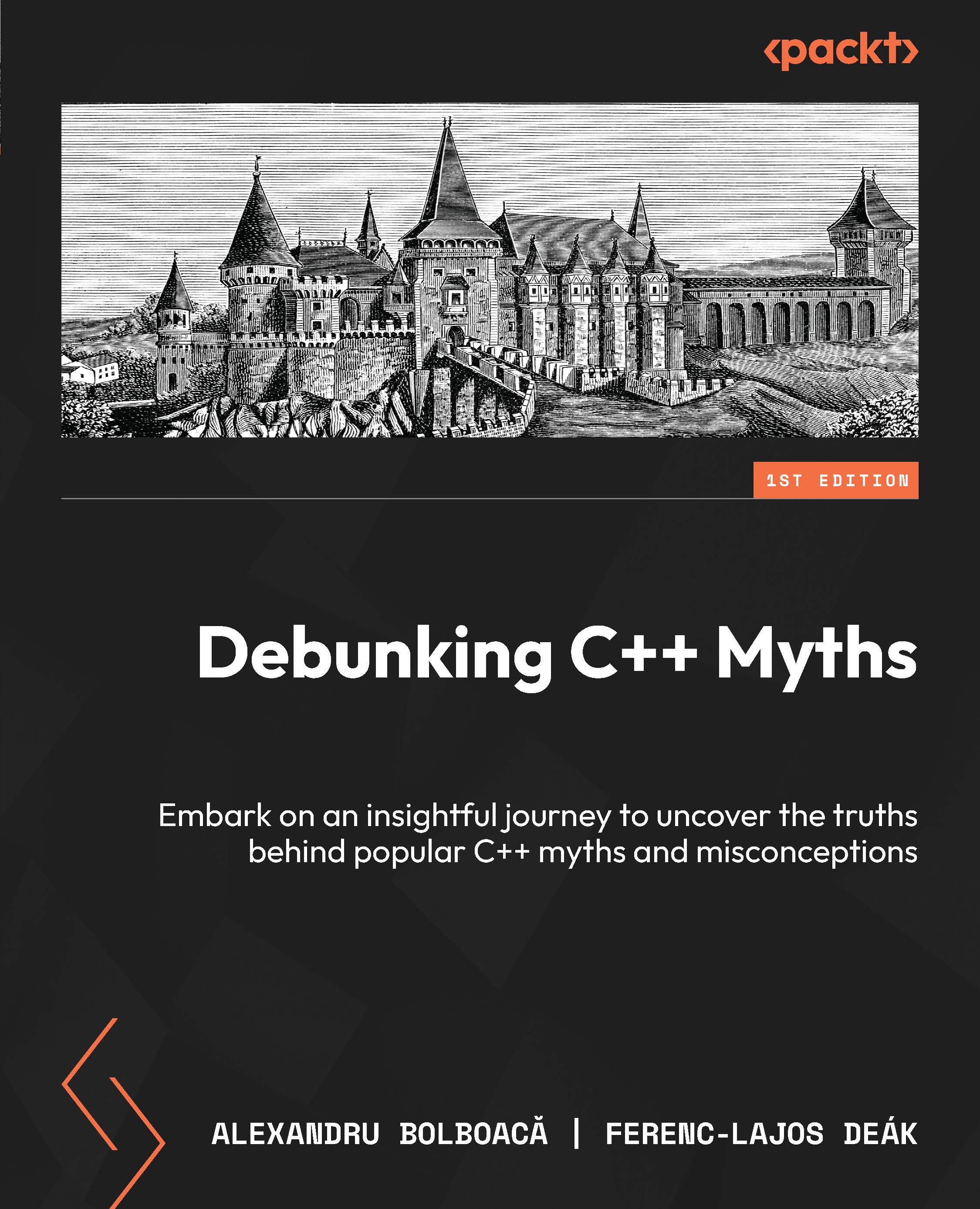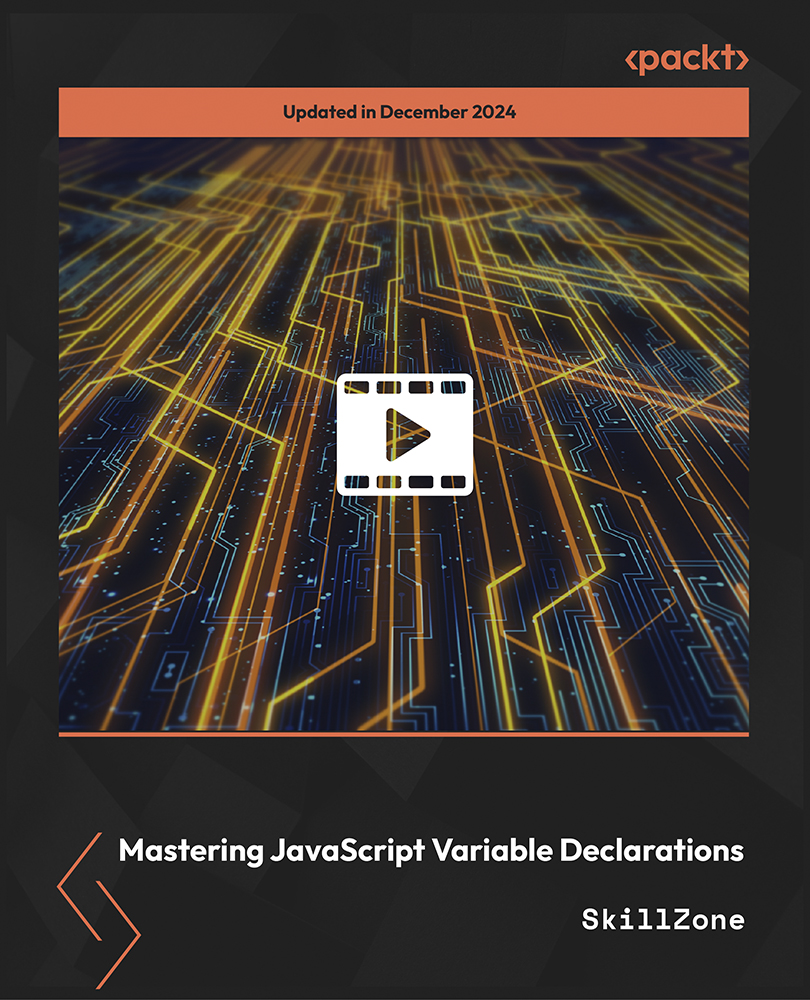DIP provides high-level guidance to make your code loosely coupled. It says the following:
- High-level modules should not depend on low-level modules for their responsibilities. Both should depend on abstractions.
- Abstractions should not depend on details. Details should depend on abstractions.
Changes are always risky when they're made in dependent code. DIP talks about keeping a chunk of code (dependency) away from the main program to which it is not directly related.
To reduce the coupling, DIP suggests eliminating the direct dependency of low-level modules on high-level modules to perform their responsibilities. Instead, make the high-level module rely on abstraction (a contract) that forms the generic low-level behavior.
This way, the actual implementation of low-level modules can be changed without making any changes in high-level modules. This produces great flexibility and molecularity in the system. As far as any low-level implementation is bound to abstraction, high-level modules can invoke it.
Let's have a look at a sample suboptimal design where we can apply DIP to improve the structure of the application.
Consider a scenario where you are designing a module that simply generates balance sheets for a local store. You are fetching data from a database, processing it with complex business logic, and exporting it into HTML format. If you design this in a procedural way, then the flow of the system would be something like the following diagram:
A single module takes care of fetching data, applying business logic to generate balance sheet data, and exporting it into HTML format. This is not the best design. Let's separate the whole functionality into three different modules, as shown in the following diagram:
- Fetch Database Module : This will fetch data from a database
- Export HTML Module: This will export the data in HTML
- Balance Sheet Module: This will take data from a database module, process it, and give it to the export module to export it in HTML
In this case, the balance sheet module is a high-level module, and fetch database and export HTML are low-level modules.
The code of the FetchDatabase module should look something like the following snippet:
public class FetchDatabase {
public List<Object[]> fetchDataFromDatabase(){
List<Object[]> dataFromDB = new ArrayList<Object[]>();
//Logic to call database, execute a query and fetch the data
return dataFromDB;
}
}
The ExportHTML module will take the list of data and export it into HTML file format. The code should look as follows:
public class ExportHTML {
public File exportToHTML(List<Object[]> dataLst){
File outputHTML = null;
//Logic to iterate the dataLst and generate HTML file.
return outputHTML;
}
}
The code for our parent module—the BalanceSheet module that takes the data from the fetch database module and sends to the export HTML module—should look as follows:
public class BalanceSheet {
private ExportHTML exportHTML = new ExportHTML();
private FetchDatabase fetchDatabase = new FetchDatabase();
public void generateBalanceSheet(){
List<Object[]> dataFromDB =
fetchDatabase.fetchDataFromDatabase();
exportHTML.exportToHTML(dataFromDB);
}
}
At first glance, this design looks good, as we separated the responsibilities of fetching and exporting the data into individual child modules. Good design can accommodate any future changes without breaking the system. Will this design make our system fragile in case of any future changes? Let us have a look at that.
After some time, you need to fetch the data from external web services along with the database. Also, you need to export the data in PDF format rather than HTML format. To incorporate this change, you will create new classes/modules to fetch data from web services and to export the PDF as per the following snippet:
// Separate child module for fetch the data from web service.
public class FetchWebService {
public List<Object[]> fetchDataFromWebService(){
List<Object[]> dataFromWebService = new ArrayList<Object[]>();
//Logic to call Web Service and fetch the data and return it.
return dataFromWebService;
}
}
// Separate child module for export in PDF
public class ExportPDF {
public File exportToPDF(List<Object[]> dataLst){
File pdfFile = null;
//Logic to iterate the dataLst and generate PDF file
return pdfFile;
}
}
To accommodate the new ways of fetching and exporting data, the balance sheet module needs some sort of flag. Based on the value of this flag, the respective child module will be instantiated in the balance sheet module. The updated code of the BalanceSheet module would be as follows:
public class BalanceSheet {
private ExportHTML exportHTML = null;
private FetchDatabase fetchDatabase = null;
private ExportPDF exportPDF = null;
private FetchWebService fetchWebService = null;
public void generateBalanceSheet(int inputMethod, int outputMethod){
//1. Instantiate the low level module object.
if(inputMethod == 1){
fetchDatabase = new FetchDatabase();
}else if(inputMethod == 2){
fetchWebService = new FetchWebService();
}
//2. fetch and export the data for specific format based on flags.
if(outputMethod == 1){
List<Object[]> dataLst = null;
if(inputMethod == 1){
dataLst = fetchDatabase.fetchDataFromDatabase();
}else{
dataLst = fetchWebService.fetchDataFromWebService();
}
exportHTML.exportToHTML(dataLst);
}else if(outputMethod ==2){
List<Object[]> dataLst = null;
if(inputMethod == 1){
dataLst = fetchDatabase.fetchDataFromDatabase();
}else{
dataLst = fetchWebService.fetchDataFromWebService();
}
exportPDF.exportToPDF(dataLst);
}
}
}
Great work! Our application is able to handle two different input and output methods to generate balance sheets. But wait a minute; what happens when you need to add more methods (fetch and export data) in the future? For example, you might need to fetch the data from google drive and export the balance sheet in Excel format.
For every new method of input and output, you need to update your main module, the balance sheet module. When a module is dependent on another concrete implementation, it's said to be tightly coupled on that. This breaks the fundamental principle: open for extension but closed for modification.
Let's recall what DIP talks about: high-level modules should not depend on low-level modules for their responsibilities. Both should depend on abstractions.
This is the fundamental problem in our design. In our case, the balance sheet (high-level) module tightly depends on fetch database and export HTML data (low-level) modules.
As we have seen, principles always show the solution to design problems. It doesn't talk about how to implement it. In our case, DIP talks about removing the tight dependency of low-level modules on high-level modules.
But how do we do that? This is where IoC comes into the picture. IoC shows a way of defining abstraction between modules. In short, IoC is the way to implement DIP.
 United States
United States
 Great Britain
Great Britain
 India
India
 Germany
Germany
 France
France
 Canada
Canada
 Russia
Russia
 Spain
Spain
 Brazil
Brazil
 Australia
Australia
 Singapore
Singapore
 Hungary
Hungary
 Ukraine
Ukraine
 Luxembourg
Luxembourg
 Estonia
Estonia
 Lithuania
Lithuania
 South Korea
South Korea
 Turkey
Turkey
 Switzerland
Switzerland
 Colombia
Colombia
 Taiwan
Taiwan
 Chile
Chile
 Norway
Norway
 Ecuador
Ecuador
 Indonesia
Indonesia
 New Zealand
New Zealand
 Cyprus
Cyprus
 Denmark
Denmark
 Finland
Finland
 Poland
Poland
 Malta
Malta
 Czechia
Czechia
 Austria
Austria
 Sweden
Sweden
 Italy
Italy
 Egypt
Egypt
 Belgium
Belgium
 Portugal
Portugal
 Slovenia
Slovenia
 Ireland
Ireland
 Romania
Romania
 Greece
Greece
 Argentina
Argentina
 Netherlands
Netherlands
 Bulgaria
Bulgaria
 Latvia
Latvia
 South Africa
South Africa
 Malaysia
Malaysia
 Japan
Japan
 Slovakia
Slovakia
 Philippines
Philippines
 Mexico
Mexico
 Thailand
Thailand

















